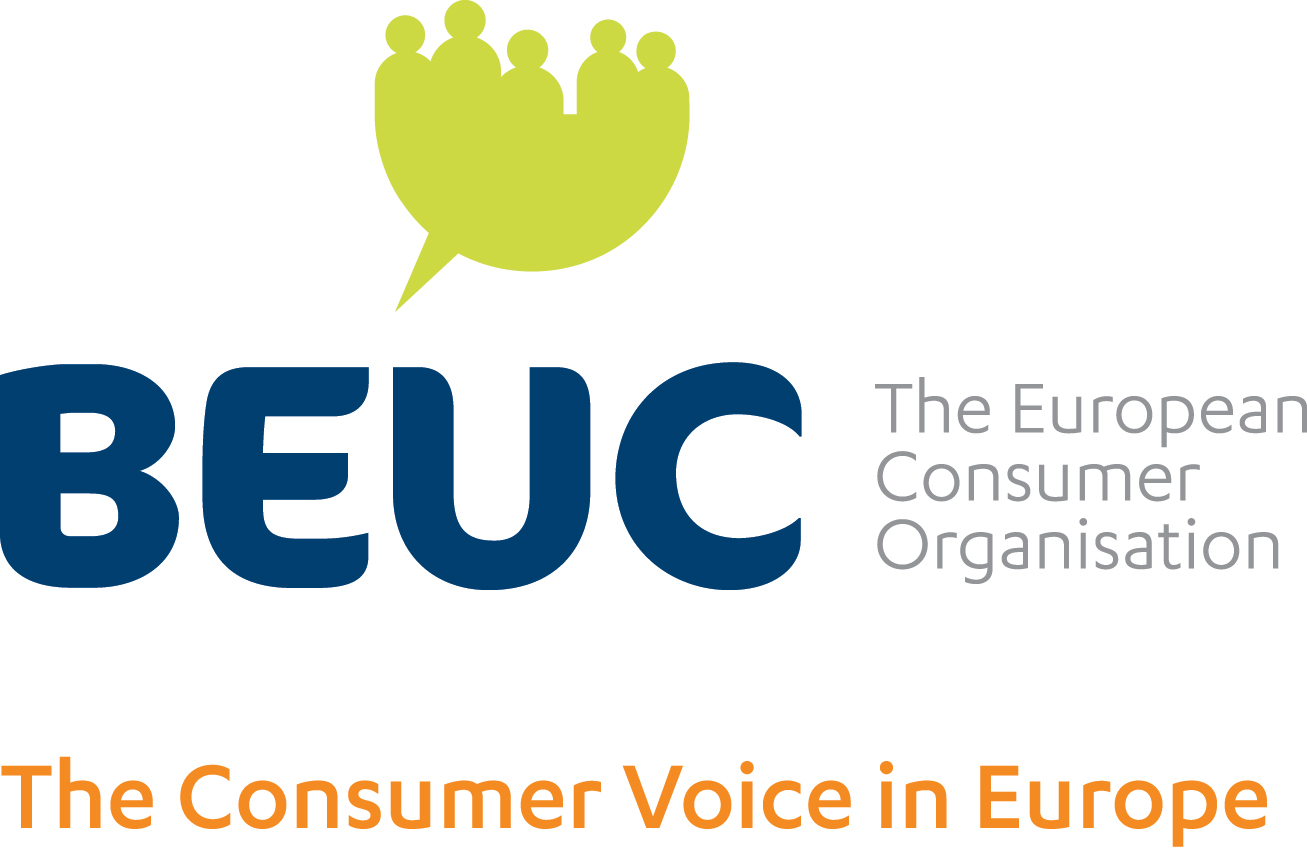Seven Member States oppose ambitious EU plans to help consumers eat healthier food
About this publication
PRESS RELEASE - 21.09.2020
A group of seven EU Member States1 are trying to scupper plans for an EU-wide nutritional label. Ahead of a meeting of EU Agriculture Ministers this Monday 21 September, the seven countries published a document which opposes an ambitious label. The European Consumer Organisation, BEUC, condemns this attempt to weaken the EU’s plan to make front-of-pack nutrition labelling mandatory across Europe.2
While obesity is rising in Europe, front-of-pack nutritional labels with an interpretive element – such as colour coding – are a major tool to help consumers make more informed and healthier food and drink choices. This has been recognised by both national and international experts such as the World Health Organization.3 The European Commission’s recent report on front-of-pack nutrition labelling similarly found that schemes which used colour-coding were the most helpful to consumers, regardless of their age or socio-economic status, in identifying more healthful products.4
Monique Goyens, Director General of BEUC, has commented:
“Levels of overweight and obesity remain worryingly high in Europe with a shocking 1 in 2 adults and 1 in 3 children affected.5 At the same time, the link between obesity and poor health outcomes for COVID-19 patients has become increasingly evident. Now, more than ever, it is clear that more ambition, not less, will be required to tackle the obesity crisis.
“It is therefore utterly disappointing that these countries have come out against an effective evidence-based policy tool, at such a crucial moment when public health is on the minds of consumers more than ever.”
On existing information to consumers:
“Contrary to the claim that ‘consumers currently have enough information about the nutritional value of food and contribution to their overall daily diet’, it is actually incredibly difficult for shoppers to make healthier choices in the supermarket today. Nutritional information is found on the back-of-pack, in very tiny font and crucially lacks an interpretive element. Most consumers have neither the level of nutritional knowledge nor the time required to compare food items among a range of products. That is exactly the problem a simplified nutritional label can fix.”
On colour coding:
“Numerous independent scientific studies, including real-life supermarket trials,6 have shown that well-designed labels which use an interpretive element such as colour-coding, are the most effective to help consumers purchase healthier food products. These labels allow consumers to more easily compare the nutritional quality of different cereals boxes or children biscuits for instance.”
On mandatory vs voluntary:
“It is essential that any future EU-wide front-of-pack nutritional label is mandatory for all food products. Allowing food producers to simply opt out of using such a label, as suggested by the seven Member States, would deprive consumers of the full picture when they are doing their grocery shopping.”
On portion sizes
“Scrapping a uniform reference, such as per 100g or ml, will do nothing to aid consumer understanding. Quite the opposite, it would increase confusion in the supermarket, with consumers having to make complex calculations to compare products.”
For more information:
BEUC position on Front-of-pack Nutritional labelling, 2019
1 Italy, Czech Republic, Greece, Cyprus, Hungary, Latvia and Romania.
2 The European Commission has stated its intention to come forward with a legislative proposal for a mandatory EU-wide front-of-pack nutritional label by the end of 2022. See A Farm to Fork Strategy for a fair, healthy and environmentally-friendly food system, May 2020.
3 WHO, European Food and Nutrition Action Plan 2015-2020.
4 Report from the Commission to the European Parliament and the Council regarding the use of additional forms of expression and presentation of the nutrition declaration, May 2020
5 Eurostat, European Health Interview Survey, 2016.
6 Crosetto et al. Modifications of food purchases in response to five nutrition simplified labelling, Cahiers de nutrition et diététique Vol 52 – N°3 P. 129-133 – juin 2017.
Download:

